Rostov Arena: FC Rostov
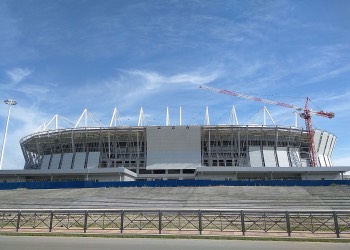
By Dmitry89 (Own work) [CC BY-SA 4.0], via Wikimedia Commons
Of all of the stadiums being built ahead of the World Cup in 2018, the construction of the Rostov Arena probably has the best story attached to it. That’s because the construction, which began in 2013, was brought to a halt when five perfectly preserved shells from World War II were found in the area where the foundations would be going. Development of the stadium was delayed until the following year, but obviously it mean that the official opening of the ground was delayed by some time.
Whilst the ground will obviously be one of the official stadiums used for the FIFA World Cup, it will also be a replacement for Olimp-2, the main football ground in Rostov-on-Don that opened in 1930. That is the home of FC Rostov and the Russian Premier League club will move into the Rostov Arena after the tournament has run its course. It will be the first ground that they will play their games in other than Olimp-2, given that the club was formed in the same year that the stadium opened.
Stats
| Rostov Arena Stats | |
|---|---|
| Year Opened | 2018 |
| Capacity | 45000 |
| Average Attendance | 43183 |
| Record Attendance | 43472 (South Korea v Mexico (2018)) |
| Pitch Size | 105x68(7140) |
| Nickname | Stadion LevBerDon |
| Owner | Russian Government |
| Clubs Hosted | FC Rostov |
| First Fixture | Brazil v Switzerland (17/06/2018) |
Rostov Arena Photos
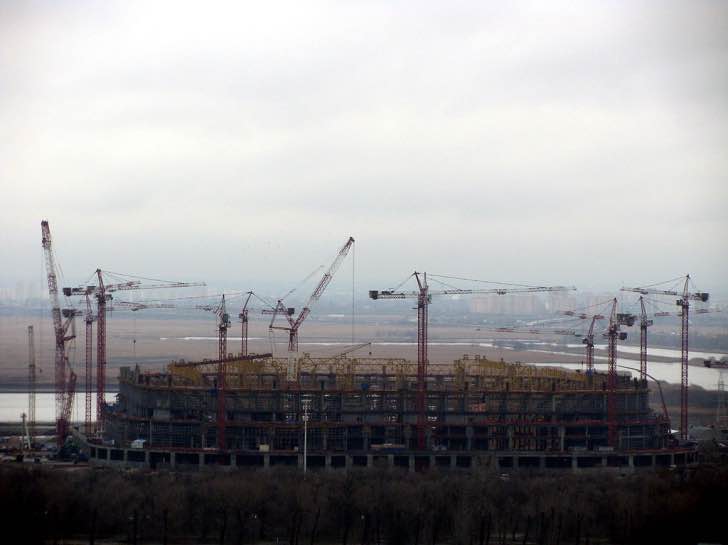
By Dmitry89 (Own work) [CC BY-SA 4.0]
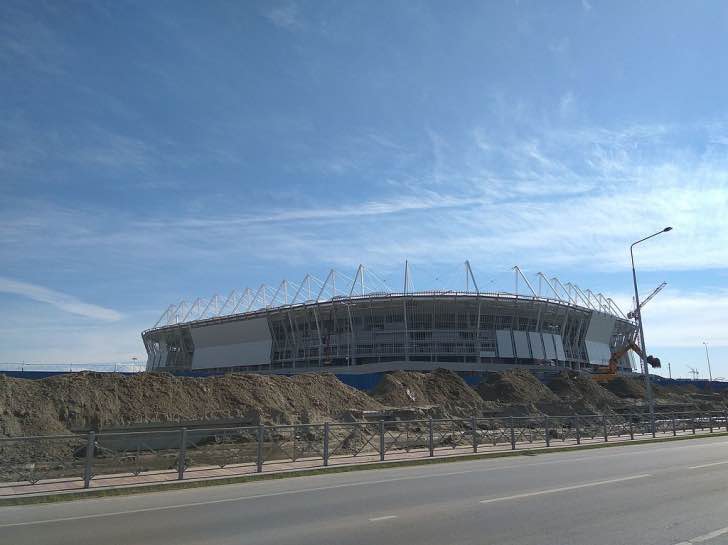
By Dmitry89 (Own work) [CC BY-SA 4.0]
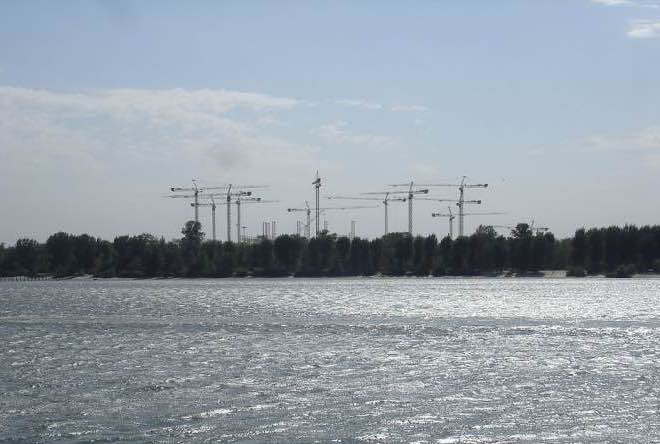
By GennadyL (Own work) [CC BY-SA 4.0]
Rostov Arena Seating Plan and Where to Sit
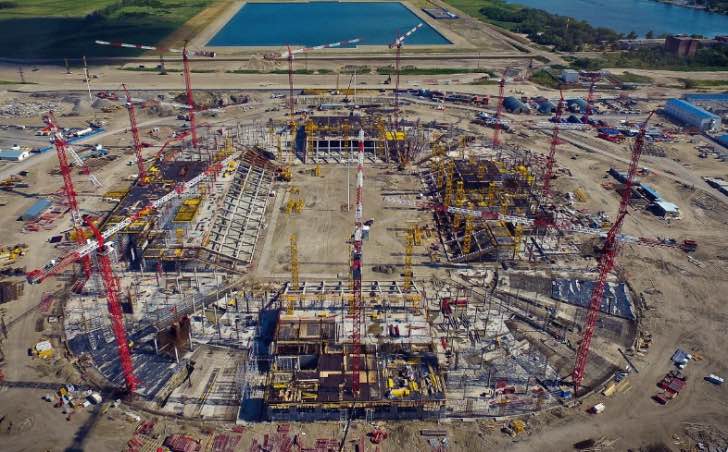
The stadium will have 45,000 seats, but around 5,000 of those are temporary. The majority of the ground is built in a bowl of continuous seating, with the exception of one of the corners that has seats missing in order to allow in natural light.
Getting To Rostov Arena
Train – Getting the train from London to Rostov would take over two days. That’s not to say the more adventurous amongst you won’t want to do it, but an alternative method might be preferable. There’s a Light Rail Station named Bratskiy Pereulok that’s about forty-five minutes on foot from the Arena, which is the closest at the time of writing.
Bus – If you’d rather get the bus then the 39 is the one on the local line that will take you the closest. There’ll likely be special services during the World Cup, so keep your eye out for them or have a chat about with a local.
Car – The Arena is on the Southern side of the River Don, with the A135 being the best main road to take if you’re driving. It can be tricky, though, so consider getting a navigation device if you want more specific directions.
By Air – Rostov-On-Don Airport is the closest to the city centre, so that’s likely where you’ll be heading to if you’re flying into Russia.
Taxi – A cab from the centre of Rostov-On-Don out to the Arena will cost you about 120 rubles and will take in the region of fifteen minutes to complete its journey.
Parking Near Rostov Arena
There’s no confirmation of how much parking will be available at the Arena just yet, but the beauty of being able to build a venue entirely from scratch means that you can do pretty much what you want. It’s likely that there’ll be a decent amount of parking close to the venue even if not actually part of the venue itself.
Useful Resources
Rostov Arena Hotels
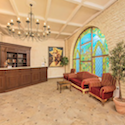
Don Kihot - £40+
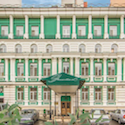
Hermitage Hotel - £50+
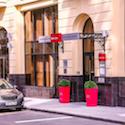
Mercure Rostov-on-Don Center - £70+
Pubs and Bars Near Rostov Arena
Abbey Road Pub
Cheshka
Pinta
Hospitality
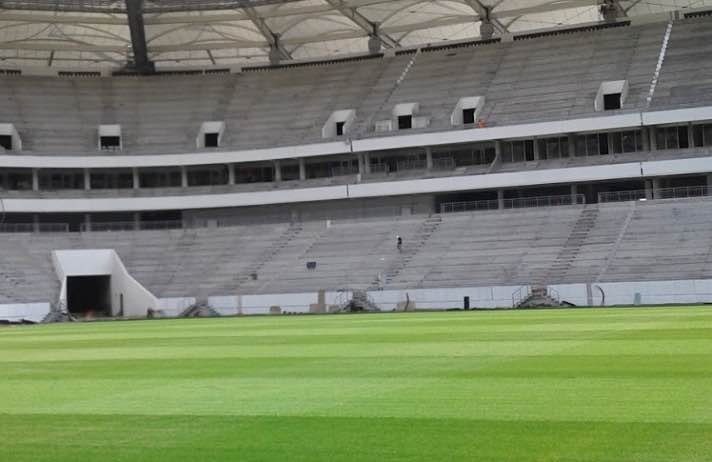
Far be it for us to suggest that FIFA is full of fat-cats, but it’s certainly true that they have specific rules regarding the hospitality sections of stadiums that are being used to host official tournament matches. Safe to say, therefore, that there will be plenty of nice areas within Rostov Arena if you like to watch matches in style.
Private Hire
Those hospitality sections won’t just be useful during the World Cup, of course. They’ll also be handy for businesses and private individuals that want to host events or meetings within the Arena in the aftermath of the tournament. We’ll let you know more about that once the information becomes clear.
Stadium Tours & Museum
Details about whether or not there’ll be a museum on site or if you’ll be able to do a tour of the stadium probably won’t be released until after the World Cup is complete. We’ll update this section accordingly.
Rostov Arena History
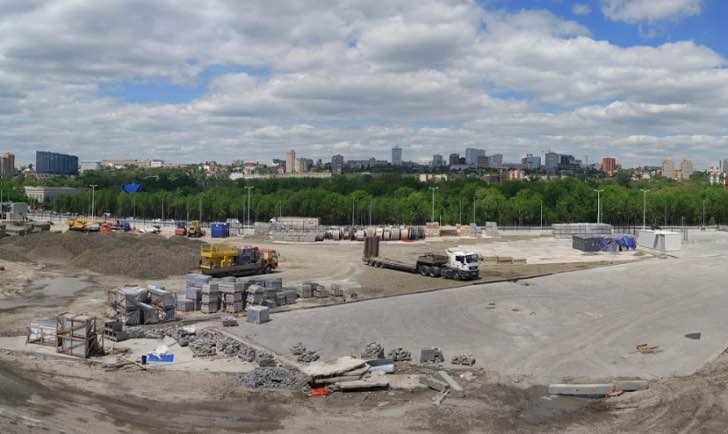
Rostov Arena doesn’t yet have a history to speak of, given that its doors haven’t even opened at the time of writing. The original design for the new ground was created by Populous, the global powerhouse in architecture that is best known for its sports stadium designs. The hope is that the stadium will be more than just a football ground in the days to come, with the aim being for the area where the Arena is being built to become the centre of Rostov itself.
Shifting the city centre is for the future. By the time that’s the case the World Cup will be done and dusted, with Rostov Arena having hosted five matches. That will include a Group A game, one from Group D, another from Group E and the final Group Stage game coming from Group E. The stadium will also play host to a round of Sixteen game between the winner of Group G and the runner-up of Group H. We could tell you about the various stages of building the ground but, with the exception of finding the bombs that we mentioned in the intro, not much exciting has happened to date.
Future Developments
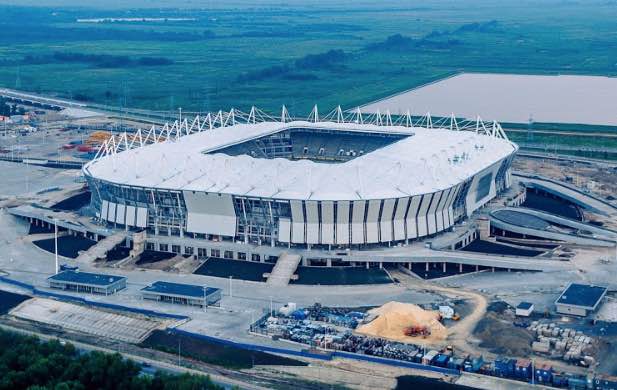
As we’ve just mentioned, the aim in the long-term is to shift the entire city-centre of Rostov-on-Don to the location of the stadium. Before that happens the stadium will be reduced from having 45,000 seats to around 40,000. In the shorter-term, though, the developments will be about nothing more than finishing the building plans.
